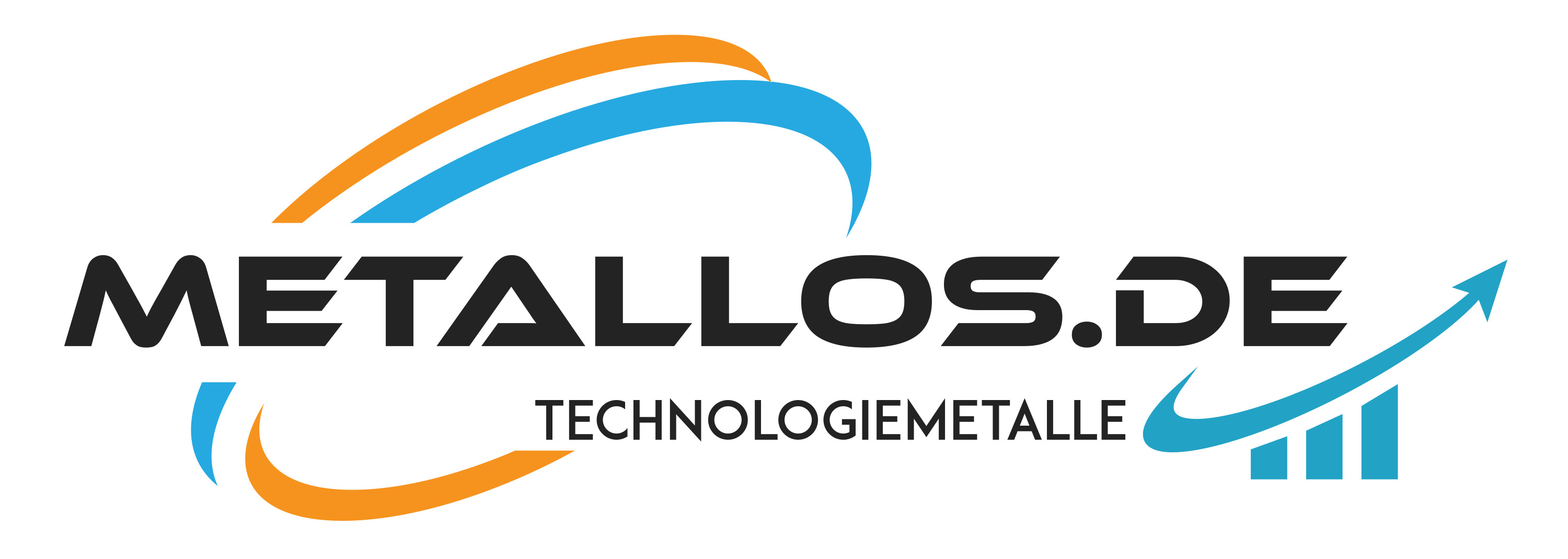1kg vanadium metal 99.9%, technology metal and value investment
Description
1kg Vanadium Metal 99.9%, Technology Metal and Valuable Asset
Buy now high purity vanadium metal with at least 99.9% purity.
Vanadium is a technology metal You can get the best price for 1kg vanadium metal from us.
The current vanadium price is stable at the moment.
It is just 369€/kg, so you should buy vanadium metal now.
buy 99.9% vanadium
price vanadium 1kg 369 euro
- incl. certificate of analysis
- Deliverable within 10 - 12 working days by DHL
- Purity: min.: 99,9%
- Quantity: 1kg
- Quantity discounts see below
Vanadium is a common element on earth, its share in the continental earth's crust is about 120 ppm. Zirconium, chlorine and chromium have a similar element frequency. The element does not occur in pure form, but only bound in various minerals. Despite the abundance of vanadium, deposits with high concentrations of the element are rare, and many vanadium minerals do not occur frequently. Compared to the Earth's crust, the content in seawater is much lower, about 1.3 μg/l.
Animals and plants contain vanadium, so humans contain about 0.3 mg/kg of the element. This is mostly found in cell nuclei or mitochondria. Some organisms, especially some sea squirt species and the fly agaric, are able to accumulate vanadium. In sea squirts, the vanadium content is up to 107 times higher than in the surrounding seawater. Due to the vanadium content of living organisms, coal and petroleum produced from them also contain vanadium. The content is up to 0.1 %. Particularly high vanadium contents are found in crude oil from Venezuela and Canada.
In 2006, a total of 55,700 tons of vanadium ore were mined (calculated as vanadium metal). The most important producing countries are South Africa, China and Russia. Vanadium is not a scarce raw material; total known reserves are 63 million tons.
Application
Pure vanadium is used only to a small percentage as cladding material for nuclear fuel due to its low neutron capture cross-section. However, more resistant vanadium alloys can be used. Over 90% of the production is used in a variety of alloys, mostly with the metals iron, titanium, nickel, chromium, aluminum or manganese. Only a small portion is used in compounds, mostly as vanadium(V) oxide. At 85% of the vanadium produced, by far the largest proportion is used in the steel industry. Since high purities are not required for this, ferrovanadium is used as a raw material. Even in small quantities in steels, vanadium significantly increases strength and toughness and thus wear resistance. This is achieved by the formation of hard vanadium carbide. Different amounts of vanadium are added depending on the application. For example, structural steels and tool steels contain only small amounts (0.2 to 0.5%) of vanadium, while high-speed steels contain up to 5%. Steels containing vanadium are mainly used for tools and springs subject to mechanical stress. Steels containing cobalt in addition to iron and vanadium are magnetic. Titanium alloys containing vanadium and usually also aluminum are particularly strong and heat-resistant and are used in aircraft construction for load-bearing parts and turbine blades of aircraft engines. Vanadium serves as the main electrolyte in one type of so-called redox flow cell; an example of such an application is the vanadium redox accumulator.
Chemical properties
Vanadium is a base metal and capable of reacting with many non-metals. When exposed to air, it remains shiny metallic for weeks. When viewed for extended periods of time, clearly visible green rust is noticed. If vanadium is to remain preserved, it must be stored under argon. In the heat, it is attacked by oxygen and oxidized to vanadium(V) oxide. While carbon and nitrogen react with vanadium only at white heat, the reaction with fluorine and chlorine already takes place in the cold. At room temperature, vanadium is usually stable against acids and bases due to a thin, passivating oxide layer. It is only attacked by hydrofluoric acid and strongly oxidizing acids such as hot nitric acid, concentrated sulfuric acid and aqua regia. Up to a temperature of 500 °C, vanadium is able to absorb hydrogen. In this process, the metal becomes brittle and can be easily powdered. The hydrogen can be removed at 700 °C in a vacuum.
Hazards
Like other metal dusts, vanadium dust is flammable. Vanadium and its inorganic compounds have been shown to be carcinogenic in animal studies. They are therefore classified in carcinogenicity category 2. If vanadium dust is inhaled over a long period of time by workers in metal smelting, for example, this can lead to so-called vanadism. This recognized occupational disease can manifest itself in irritation of the mucous membranes, a greenish-black discoloration of the tongue, and chronic bronchial, lung and intestinal diseases.
